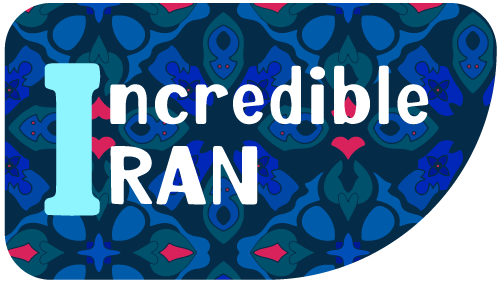Iranian Holidays – Official Public Holidays in Iran
What you will read in this article:
Nowruz (Iranian New Year):
Nowruz, the most significant festival in Iran, marks the beginning of the Persian New Year. Celebrated on the vernal equinox, typically around March 20-24, it symbolizes rebirth and renewal. Nowruz is a time for family gatherings, house cleaning (known as ‘khooneh tekouni’), and setting the ‘Haft-Seen’ table with seven items starting with the letter ‘S’ in Persian.
Islamic Republic Day (April 1):
This day commemorates the establishment of the Islamic Republic of Iran in 1979. It’s observed with various political ceremonies and speeches across the country.
Sizdah Bedar (Nature Day):
Celebrated on the 13th day after Nowruz, this holiday encourages people to spend the day outdoors. It’s a day filled with picnics in nature, signifying the end of the Nowruz holidays.
Oil Nationalization Day (April 20):
This day marks the nationalization of the oil industry in Iran in 1951, a significant event in the country’s history.
Eid al-Fitr:
Celebrated at the end of Ramadan, the Islamic month of fasting, Eid al-Fitr is a time of joy and feasting. The exact dates vary each year, depending on the lunar calendar.
Martyrdom of Imam Ali:
This day commemorates the martyrdom of Imam Ali, a central figure in Shia Islam. The date is observed with mourning rituals and religious gatherings.
Eid al-Adha (Feast of Sacrifice):
Another significant Islamic holiday, Eid al-Adha commemorates the willingness of Prophet Ibrahim to sacrifice his son in obedience to God. It’s marked by special prayers and the distributing of meat among the needy.
Other notable holidays
Include Tassoua, Arbaeen, the death anniversary of Prophet Muhammad, and the martyrdom of Imam Reza. These occasions are observed with various degrees of religious ceremonies and public gatherings.
Understanding Iranian holidays provides valuable insight into the country’s traditions and religious practices. It’s a fascinating blend of ancient customs and modern celebrations, reflecting the enduring spirit of the Iranian people.
Official Iranian Holidays in 2024
- Nowruz (Iranian New Year): March 20-24
- Islamic Republic Day: April 1
- Sizdah Bedar (Nature Day): April 1 or 2
- Oil Nationalization Day: April 20
- Eid al-Fitr (End of Ramadan): Approximately May 22-23
- Martyrdom of Imam Ali: Approximately June 4
- Eid al-Adha (Feast of Sacrifice): Approximately October 9-10
- Tassoua: Approximately October 17
- Ashura: Approximately October 18
- Arbaeen: Approximately November 16
- Death of Prophet Muhammad and Martyrdom of Imam Hassan: Approximately November 24
- Martyrdom of Imam Reza: Approximately December 4
Official Iranian Holidays in 2025
- Nowruz (Iranian New Year): March 20-24
- Islamic Republic Day: April 1
- Sizdah Bedar (Nature Day): April 1 or 2
- Oil Nationalization Day: April 20
- Eid al-Fitr (End of Ramadan): Approximately May 11-12
- Martyrdom of Imam Ali: Approximately May 24
- Eid al-Adha (Feast of Sacrifice): Approximately September 29-30
- Tassoua: Approximately October 7
- Ashura: Approximately October 8
- Arbaeen: Approximately November 5
- Death of Prophet Muhammad and Martyrdom of Imam Hassan: Approximately November 13
- Martyrdom of Imam Reza: Approximately November 23
